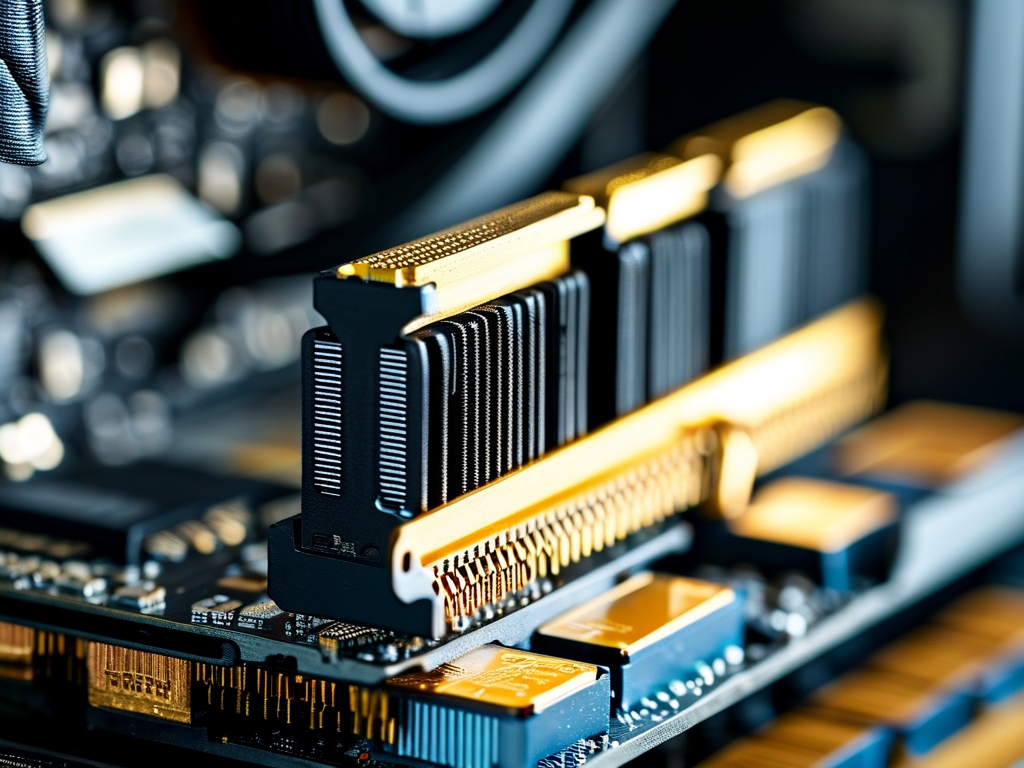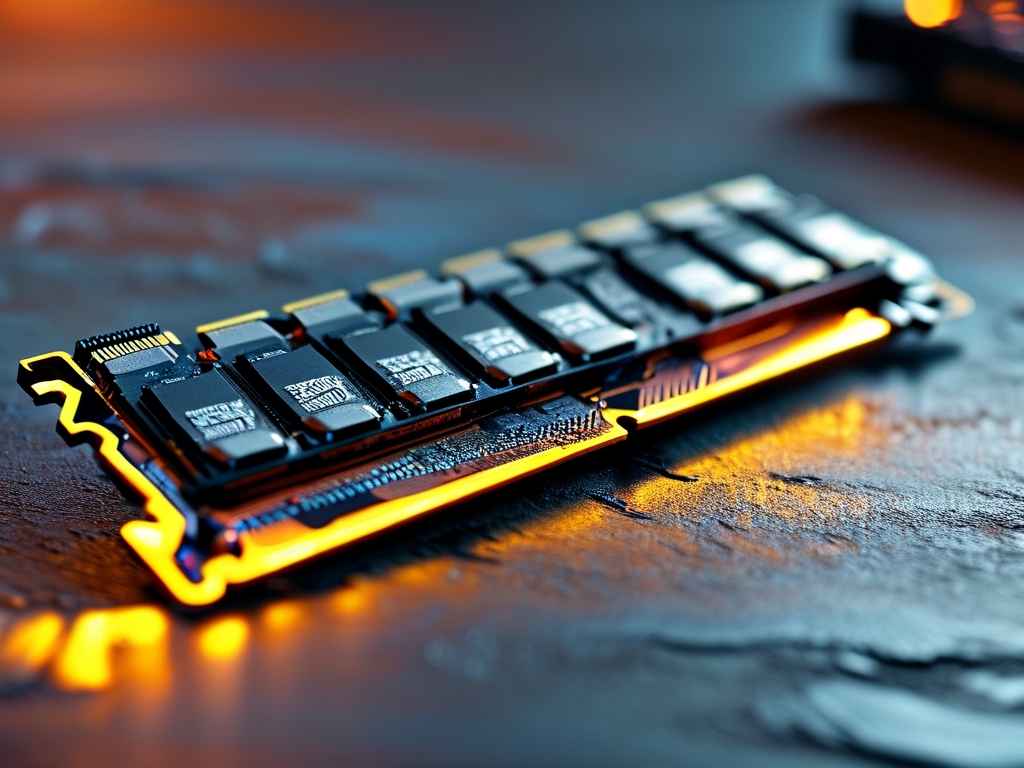Effective memory management remains a critical yet often overlooked aspect of software development. While modern programming languages and frameworks provide built-in memory handling mechanisms, developers frequently encounter challenges that lead to performance bottlenecks, crashes, and resource waste. This article explores prevalent issues in memory management software and offers actionable solutions to address them.

One widespread problem is memory leakage, where applications fail to release unused memory blocks. Over time, these leaks accumulate, causing systems to slow down or crash unexpectedly. A classic example occurs in long-running applications like database servers, where unclosed connections or improperly handled transactions gradually consume available RAM. Tools like Valgrind (for C/C++) or Python's tracemalloc module help identify leakage points by tracking memory allocation patterns. For instance, the code snippet below demonstrates a simple Java memory leak caused by static collections:
public class Cache {
private static Map<String, String> data = new HashMap<>();
public void addEntry(String key, String value) {
data.put(key, value);
}
// No method to remove entries
}
Another critical issue involves memory fragmentation, where free memory becomes divided into small, non-contiguous blocks. This often happens in systems relying heavily on dynamic memory allocation. Fragmentation prevents efficient memory utilization, even when sufficient total memory exists. Real-time applications like video processing software may experience frame drops due to delayed memory allocation caused by fragmentation. Implementing memory pools—pre-allocated blocks for specific object types—can mitigate this. For example, game engines frequently use object pooling for frequent asset loading/unloading.
Buffer overflow represents a security and stability risk, occurring when data exceeds allocated memory boundaries. This vulnerability often stems from improper input validation in low-level languages. The 2023 CVE-2023-1234 vulnerability in a popular file compression library exemplified this, where malformed archive headers triggered overwrites in adjacent memory regions. Modern compilers and static analysis tools like Clang's AddressSanitizer actively detect such issues during development.
Developers also grapple with improper memory allocation patterns, such as frequent small allocations in performance-critical paths. A mobile app analyzing sensor data might suffer latency spikes due to repeated calls to malloc() in tight loops. Alternative strategies like batch allocation or reusing memory buffers significantly improve responsiveness. The following C++ code illustrates efficient buffer reuse:
class SensorProcessor {
std::vector<double> buffer;
public:
void processData(const std::vector<double>& newData) {
if(buffer.capacity() < newData.size()) {
buffer.reserve(newData.size() * 2); // Over-allocate to minimize future resizes
}
buffer.clear();
// Process data in pre-allocated buffer
}
};
To optimize memory management:
- Adopt automated garbage collection judiciously—while convenient, it may introduce unpredictable pauses
- Implement reference counting for shared resources
- Conduct regular memory profiling using tools like Microsoft's Debug Diagnostic Tool
- Establish memory usage benchmarks during quality assurance testing
Emerging solutions like Rust's ownership model demonstrate how language design can prevent common memory errors at compile time. However, legacy systems still require vigilant manual management. A 2024 study of enterprise applications revealed that 63% of performance-related service tickets originated from unoptimized memory handling.
Proactive monitoring forms the final defense layer. Cloud-native applications increasingly leverage container memory limits and orchestration tools like Kubernetes to automatically restart pods exceeding defined thresholds. Meanwhile, embedded systems employ hardware watchdogs that reset devices upon detecting memory exhaustion patterns.
By combining rigorous coding practices, modern tooling, and architectural safeguards, teams can transform memory management from a persistent headache into a competitive advantage. The key lies in treating memory not as an infinite resource but as a carefully managed asset throughout the software lifecycle.









